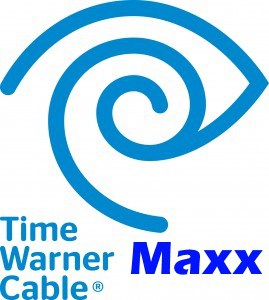 Time Warner Cable has announced it will refocus its Maxx upgrade program, boosting broadband speeds to up to 300Mbps, on the Northeast and Midwest in 2016.
Time Warner Cable has announced it will refocus its Maxx upgrade program, boosting broadband speeds to up to 300Mbps, on the Northeast and Midwest in 2016.
CEO Robert Marcus told investors on a morning conference call the company will continue making robust investments in improving its network and service regardless of the pending merger with Charter Communications.
“We have an ambitious 2016 financial and operating plan marked by continued subscriber growth, better financial performance, and continued investment to improve the customer experience,” Marcus said. “We plan to continue the rollout of TWC Maxx, completing cities begun in 2015, and adding cities primarily in the Northeast and Midwest.”
Coinciding with that announcement, Time Warner this afternoon announced its first new Maxx upgrade for 2016 will focus on the Hudson Valley in upstate New York.
Starting this week, customers will receive communications from TWC outlining a transition to a 100%-digital network. Moving to an all-digital lineup is required to free up the necessary capacity to offer faster Internet speeds in the Hudson Valley area, beginning this spring.
“With TWC Maxx, we’re essentially reinventing the TWC experience,” said, Gary Withey, area vice president of operations for Albany and Hudson Valley. “We will boost Internet speeds for customers up to six times faster, dramatically improve the TV product and set a high bar in our industry for differentiated, exceptional customer service.”
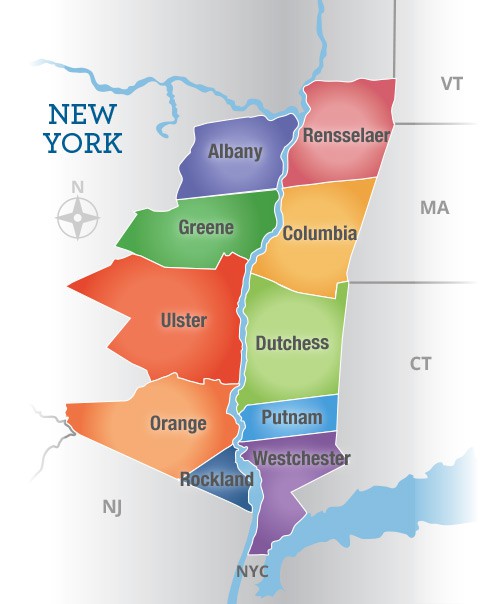
New York’s Hudson Valley
TWC Maxx will be available to all customers in the following Hudson Valley service areas: Hunter, Liberty, Middletown, Monticello, Newburgh, Olive, Port Ewen, Port Jervis, Poughkeepsie, Rhinebeck, Rosendale, Saugerties, Walden, Woodstock and Wurtsboro.
Time Warner Cable’s resumed focus on the Northeast comes more than a year after launching Maxx upgrades in the New York City area. This year, upgrades are expected to target upstate New York, western Massachusetts, Maine, and Ohio.
Customers receiving Maxx upgrades get much faster Internet service or the opportunity to downgrade to a cheaper Internet plan that still delivers up to six times faster speed than customers now receive.
Starting this spring, customers who subscribe to Standard, formerly up to 15Mbps, will receive up to 50Mbps, customers who subscribe to Extreme, formerly up to 30Mbps, will receive up to 200Mbps; and customers who subscribe to Ultimate, formerly up to 50Mbps, will receive up to 300Mbps, with no change in their monthly plan price.
Some customers will need to switch out their modems to receive the faster speeds and they will be communicated with via mail, email and phone messages with information on how to obtain a new modem. Stop the Cap! still recommends customers buy their own modems and save the $10 a month Time Warner now charges to lease a cable modem.
The transition to an all-digital network will require video customers without TWC digital equipment (customers who plug their cable line directly into the TV, VCR or similar device) to order a TWC digital adapter.
TWC will offer existing TV customers one or more digital adapters at no charge, for any outlets that do not currently have digital equipment, through June 29, 2017. To qualify, customers must order their digital adapters by October 23, 2016. After this free period, each adapter will be billed at the prevailing price. TWC residential customers can order digital adapters through www.TWC.com/digitaladapter, calling 1-844-841-5085 or in person at a Time Warner Cable store.
 Seven states that adopted Internet access taxes prior to 1998 and have continued them grandfathered under the Internet Tax Freedom Act (ITFA) may be required to phase them out by June 2020, leaving no states allowed to tax online access.
Seven states that adopted Internet access taxes prior to 1998 and have continued them grandfathered under the Internet Tax Freedom Act (ITFA) may be required to phase them out by June 2020, leaving no states allowed to tax online access.

 Subscribe
Subscribe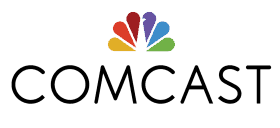 Comcast customers in Atlanta, Nashville, Chicago, Detroit, and Miami will be the first to get Comcast’s new DOCSIS 3.1 modems and faster Internet plans likely to accompany the introduction of the latest cable broadband standard.
Comcast customers in Atlanta, Nashville, Chicago, Detroit, and Miami will be the first to get Comcast’s new DOCSIS 3.1 modems and faster Internet plans likely to accompany the introduction of the latest cable broadband standard.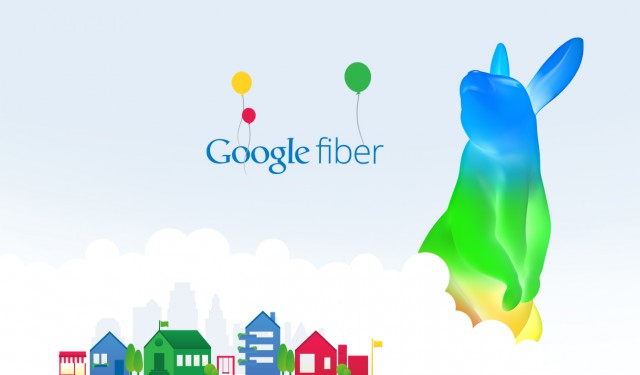 Despite predictions Google Fiber had no interest in offering customers landline telephone service, Google has quietly begun testing a new residential voice service called Google Fiber Phone that appeared to be powered by its Google Voice service.
Despite predictions Google Fiber had no interest in offering customers landline telephone service, Google has quietly begun testing a new residential voice service called Google Fiber Phone that appeared to be powered by its Google Voice service.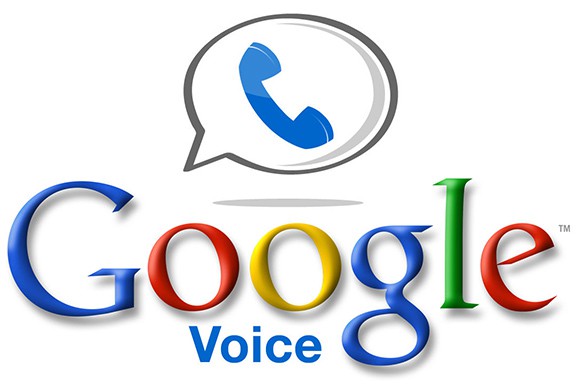 The feature set sounds almost identical to
The feature set sounds almost identical to 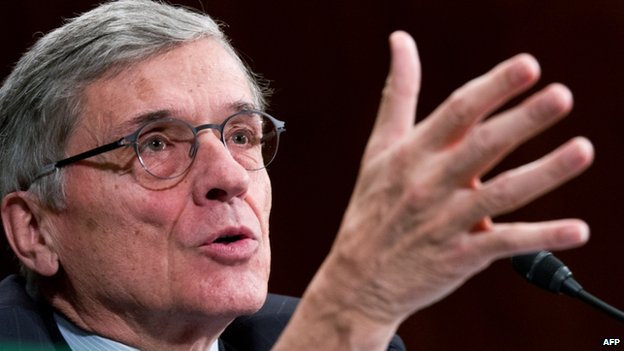
 Time Warner Cable has announced it will refocus its Maxx upgrade program, boosting broadband speeds to up to 300Mbps, on the Northeast and Midwest in 2016.
Time Warner Cable has announced it will refocus its Maxx upgrade program, boosting broadband speeds to up to 300Mbps, on the Northeast and Midwest in 2016.
